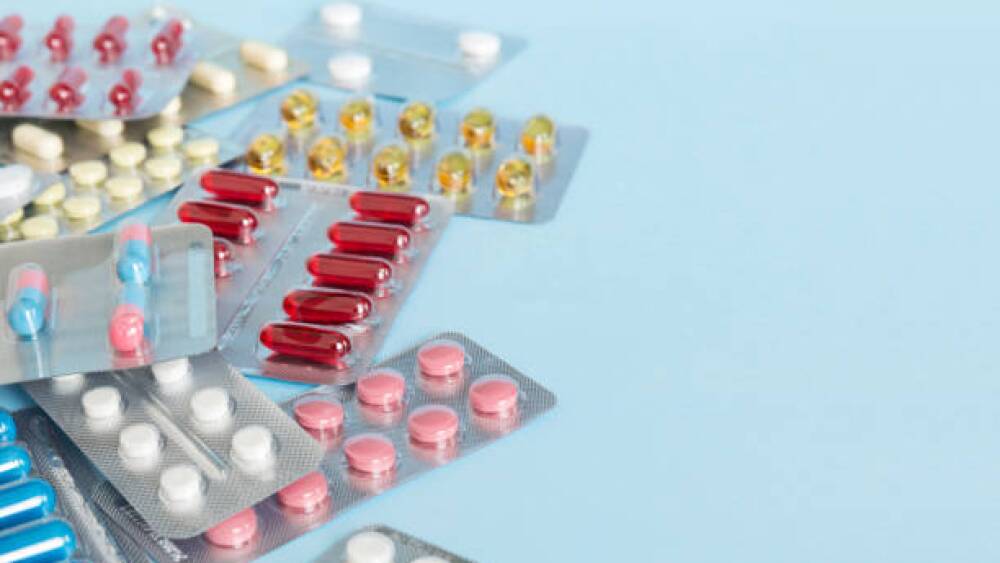New Datamonitor research has revealed that pharmaceutical companies will struggle to profit from the cardiovascular disease market over the next decade, despite growing drug usage. Patent expiries and generic competition will have a major impact and Datamonitor expects only AstraZeneca and Novo Nordisk to generate positive sales growth in this sector out to 2018.
The developed world is set to see strong growth in cardiovascular disease (CVD) drug usage, driven by an increase in patient populations, early diagnosis and early initiation of drug therapy (particularly as healthcare providers target the CVD complications associated with an increasingly obese population).However, pharmaceutical companies will struggle to capitalize on this surge in CVD drug usage as the increase will be concentrated in the generics sector. Indeed, as budget control becomes the key driver of healthcare policy, Datamonitor expects the CVD market to have a compound annual growth rate of just 0.8% over 2008-18.The CVD market is especially mature and the two largest drugs in the entire pharmaceutical spectrum - Lipitor (atorvastatin; Pfizer) and Plavix (clopidogrel; Bristol-Myers Squibb/Sanofi-Aventis) - are both due to lose patent protection in 2011.Generic competition is also expected to impact other blockbuster drugs in the CVD market such as Cozaar (losartan; Merck & Co), Diovan (valsartan; Novartis) and Actos (pioglitazone; Takeda). Weak development pipelines in hypertension and dyslipidemia will not be able to replace revenues lost following the introduction of generic competition. Currently marketed drugs already offer a wide range of therapy options for treatment, and there are no remaining significant clinical unmet needs to spur on development candidates.Nevertheless, declines in these traditional therapy areas will be offset by growth in diabetes and thrombosis as new drugs reach the market that are able to meet significant unmet clinical needs. The pipelines for these two therapy areas are forecast to add more than $20 billion to sales across the seven major markets by 2018. Indeed, this growth will see diabetes become the largest therapy area in the seven major markets, with sales of $37 billion in 2018.Despite the fall in the overall dyslipidemia market Datamonitor forecasts that, over 2008-18, AstraZeneca will generate strong growth from its dyslipidemia drug Crestor (rosuvastatin). The company has been highly successful in differentiating Crestor from other drugs within this therapy area on the back of the comprehensive GALAXY clinical trial program.The company’s proven excellence in clinical development has also led to it having the strongest late-stage CVD development pipeline including Brilinta (ticagrelor) and Onglyza (saxagliptin; co-developed by Bristol-Myers Squibb), both of which Datamonitor forecasts will generate blockbuster sales.Novo Nordisk is the only other CVD company forecast to generate positive sales growth out to 2018. The firm will be able to capitalize on its market-leading position in insulin therapy and, perhaps more importantly, defend this position. Due to the high degree of brand- and company-loyalty generated by the significant support services offered by the three leading insulin companies, insulin therapies offer a highly defendable position to generic entries. This sets significant barriers to new entrants and, as the leading insulin company, Novo Nordisk is positioned to benefit the most from this market.Related research• Commercial Insight: Cardiovascular and metabolic market overview - Innovative development pipeline provides limited growth as primary care markets become generic • Commercial Insight: Cardiovascular and Metabolic Market Overview - Diabetes to the fore as generics hit primary care markets




